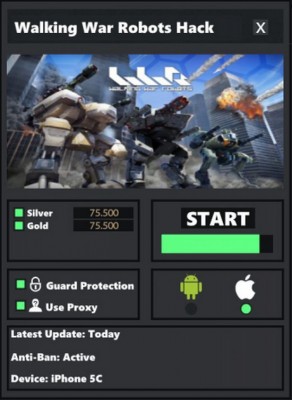

The expanding collection of connected things goes mostly unnoticed by the public – sensors, actuators and other items completing tasks behind the scenes in day-to-day operations of businesses and government, most of them abetted by machine-to-machine “computiction” – that is, artificial-intelligence-enhanced communication. The Internet of Things (IoT) is in full flower. The stickiness and value of a connected life will be far too strong for a significant number of people to have the will or means to disconnect. Today, 49% of the world’s population is connected online and an estimated 8.4 billion connected things are in use worldwide. These will probe and monitor cities and endangered species, the atmosphere, our ships, highways and fleets of trucks, our conversations, our bodies – even our dreams.” It consists of millions of embedded electronic measuring devices: thermostats, pressure gauges, pollution detectors, cameras, microphones, glucose sensors, EKGs, electroencephalographs.
WALKING WAR ROBOTS HACK NO SURVEY SKIN
This skin is already being stitched together. It will use the internet as a scaffold to support and transmit its sensations.

In 1999, 18 years ago, when just 4% of the world’s population was online, Kevin Ashton coined the term Internet of Things, Neil Gershenfeld of MIT Media Lab wrote the book “ When Things Start to Think,” and Neil Gross wrote in BusinessWeek: “In the next century, planet Earth will don an electronic skin.


 0 kommentar(er)
0 kommentar(er)
